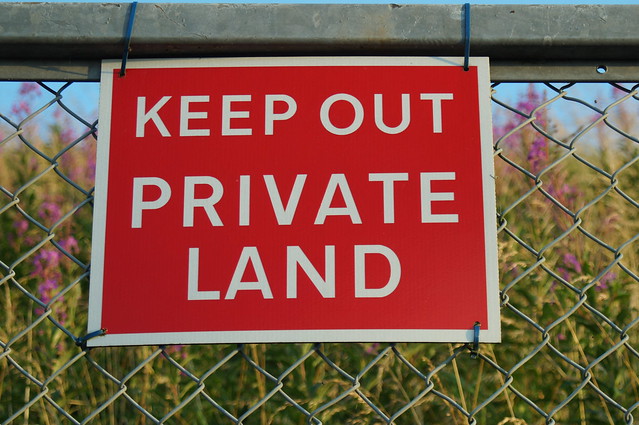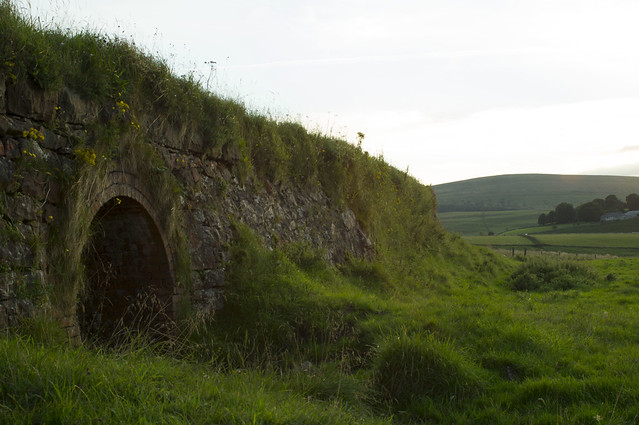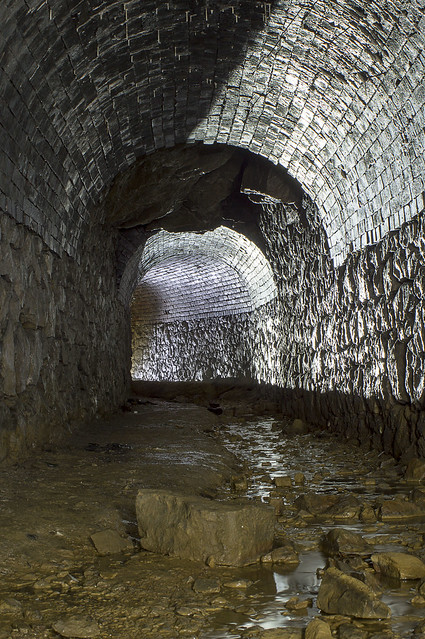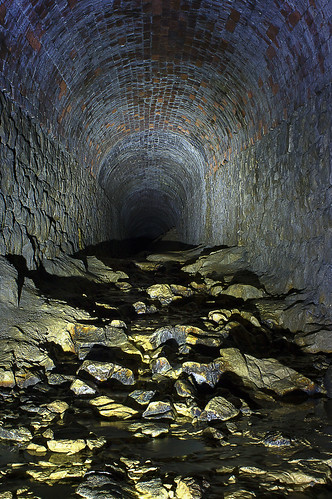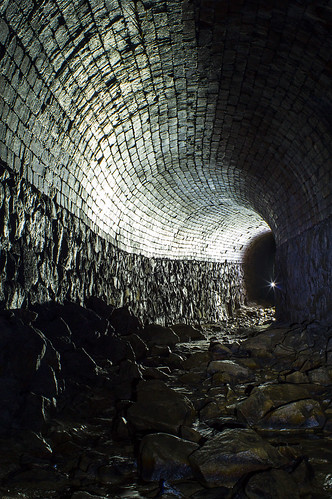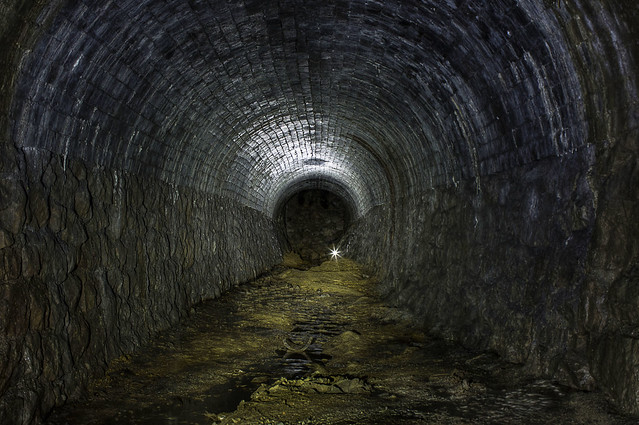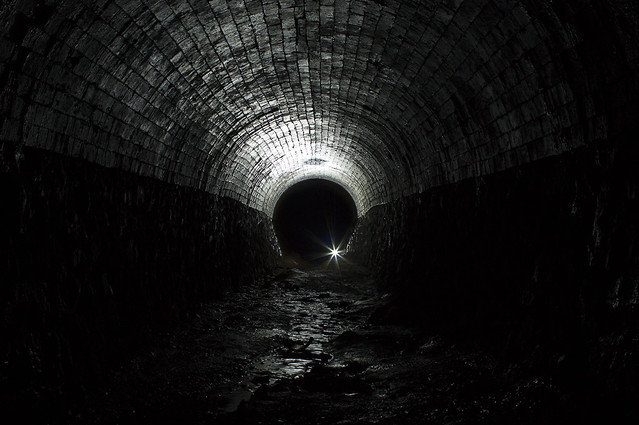Small write up on wikipedia about the place.
Quote:-
Harpur Hill is a small village on the outskirts of Buxton, Derbyshire. It has a primary school, a park, a pub, a working men's club and a Methodist Church, and contains parts of the University of Derby. It also has 3 football pitches which are homes to Harpur Club & Harpur Hill FC, A person that lives in this area is known as a Harpur Hillian, or Harpur Hill Billy. Buxton Rugby Union Club also have their HQ at Harpur Hill. They can be found on Sunnyfields Road. The tops of Buxton Rugby Club's goal posts are the highest in the country.
In 1938 the RAF used Harpur Hill as an underground munitions store. Tunnels were dug out to house munitions and ordnance. When the RAF left the tunnels were used as a mushroom farm. When the tunnels closed they were sold to a group of local businessmen, trading as Stowtime, and used as a cold store for cheese; a warehouse was built for dry and bonded wines and spirits. A number of local hauliers provided the transport for these goods, the most notable being Lomas Distribution. The business was bought out by Christian Salvesen and was a major employer in the area. At one time, many people in Buxton were seen out and about in company-issued freezer coats! Christian Salvesen recently sold the site to French transport company Norbert Dentressangle. Many of the bunkers can still be seen in the surrounded hillside. A Health and Safety laboratory is also situated not far from Harpur Hill. A railway has been constructed with old Jubilee Line, London Underground trains that were used to reconstruct the 7/7 London Tube bombings. When the red flag is flying at the laboratory, an explosion is imminent.


